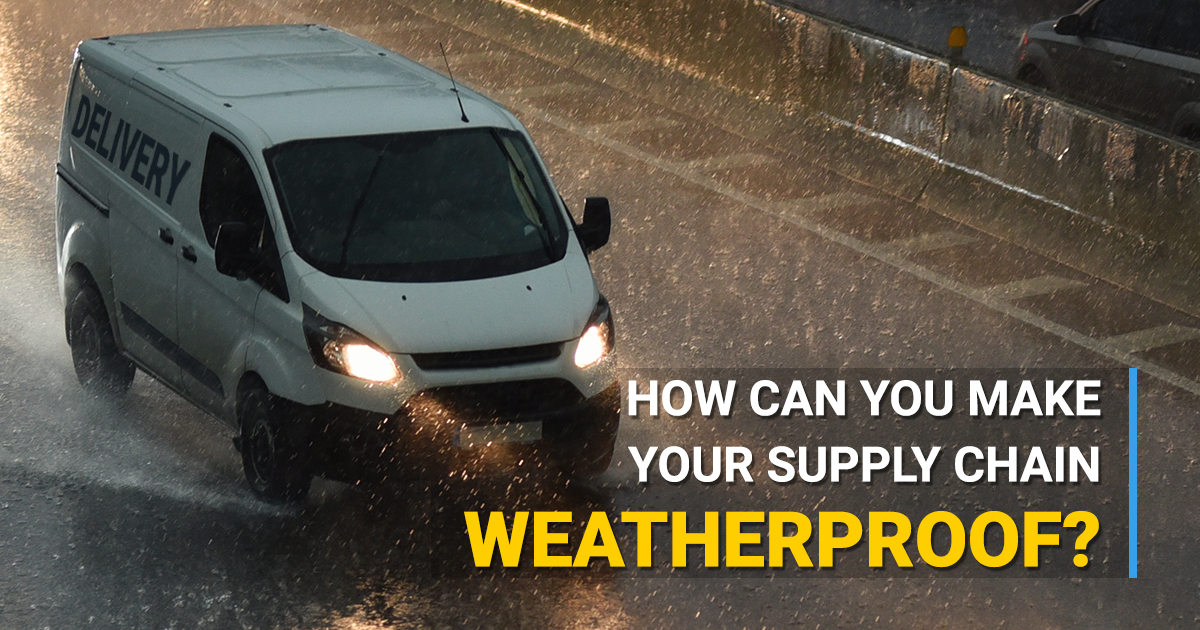
The Philippines is a tropical country. For this reason, it is not rare for us to experience torrential rains and typhoons that damage supply chains and shut down business activities. The rainy season in the Philippines lasts from June to October while typhoons usually come from September until December. Supply chain managers need to be equipped with knowledge about inclement weather and ways on how they can prepare their business deliveries for those kinds of situations.
We gathered in this article the basic preparations you need to perform to ensure weatherproof operations during rainy days:
1. Achieve supply chain visibility
Managers must be aware of their entire supply chain. They can assess the risks of their suppliers being affected by a natural disaster with visibility. Managers should know where their second-tier and third-tier suppliers are located, as well as the risks held by each of these suppliers. By taking this step, businesses may identify and plan for what to do if a partner is impacted by a calamity.
2. Make plans for the worst-case scenario
Nobody wants to consider what would happen if their supply chain is disrupted by a natural disaster, but supply chain managers may be prepared for a wide range of circumstances by considering worst-case possibilities.
In the event of extreme flooding, managers should develop plans for preparation, mediation, recuperation, and redesign. When a storm strikes, the value of the plan will far exceed the time and money invested in its development. Managers can use weather forecasts to help them prepare for the worst-case scenario, allowing businesses to respond quickly and effectively. Managers may take preventative steps rather than reacting to the storm, giving themselves a head start in lowering the risk for their supply chain. If there is a typhoon coming within the week, make sure to fulfill deliveries before then to maximize the time and minimize possible operational damages.
3. Organize a team to assist during disasters
Managers must react swiftly when a storm strikes. To accomplish this, they should form a disaster response team that consists of adaptable and learned workers. Managers must set out the team’s goals and objectives, as well as the responsibilities of its members. They should also establish procedures for sharing information and reporting concerns to the rest of the team. Disaster response teams should be empowered to modify plans and change responses to particular calamitous possibilities to maintain flexibility.
Make plans for your supply chain, especially when there will be obstacles along the way which may result in closed doors or halted deliveries. To make contingency plans, you have to know all factors that influence your supply chain. You need to know the causes for each of these factors and if possible, consider ways on how you can reduce their impact on your business deliveries especially when it comes to inclement weather. Preparing yourself and your business for possible disasters is a good way of managing risk in your supply chain when the main objective is to maintain high productivity level even if many factors such as road closures because of bad weather may affect the process.
SEE ALSO: